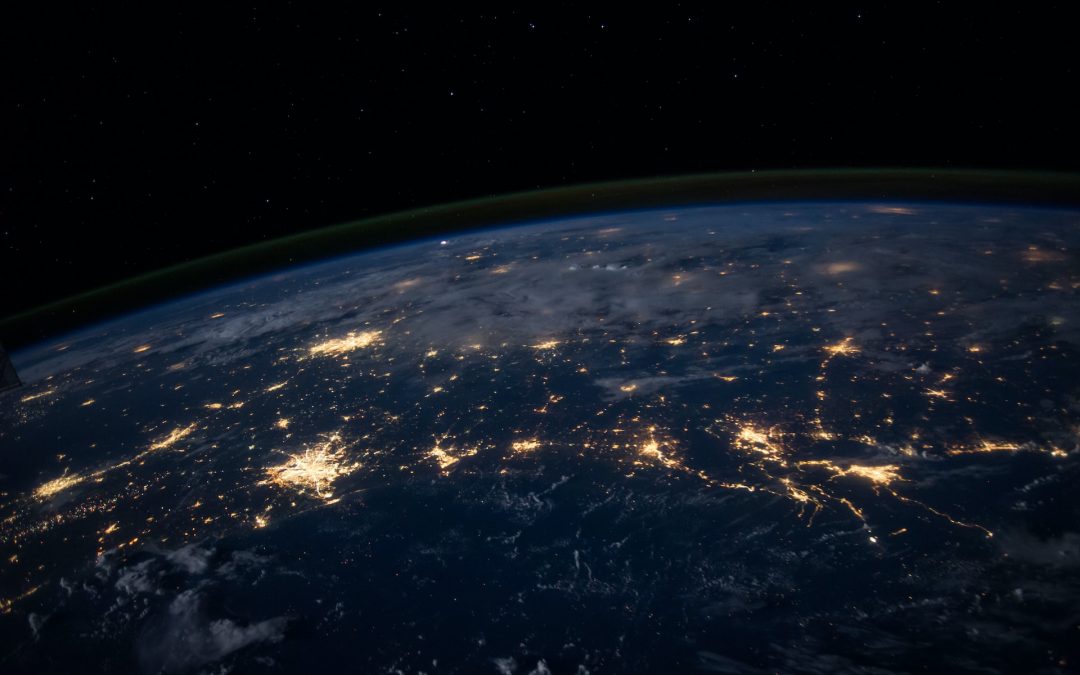Climate change concerns, demographic changes, technology and geopolitics are some of the changing ‘structural forces’ that are making the world less stable, according to the World Economic Forum’s Global Risks Report 2024.The report says the fallout is already affecting billions of lives across the globe. Extreme weather, AI-generated misinformation, a cost-of-living crisis, cyberattacks and socio-political polarization are gradually becoming the norm.’ The impact and timeline of each risk area is different, and so is our chance of mitigating them or preparing for them. And when combined, risks are heightened—conflict harms the planet directly and prevents much-needed collaborative action on climate change, reads the report in part. Advances in AI, according to the report, can lead to cyber vulnerabilities. High interest rates expose small- and medium-sized enterprises and heavily indebted countries to debt distress.
The report drafters are now calling for dialogue in the face of growing global fractures. What is needed is a mindset that recognizes the full scale of the risk, while maintaining the optimism that we can and will respond in a way to avoid and mitigate the worst risks from occurring, noted Gill Einhorn, Head, Innovation and Transformation, Centre for Nature and Climate, World Economic Forum. Extreme weather events, critical change to Earth systems (a new entrant this year) and biodiversity loss and ecosystem collapse are the top three long-term risks featured in the Global Risks Report in 2024. Abrupt and irreversible changes to Earth systems lead to more extreme weather events and risk collapses in ecosystems that are not well adapted to new climates. The priority solution is faster emissions reduction and credible steps by all actors in our economic system to accelerate the speed and scale of a clean transition, says the report, urging for a reduction in human emissions – touted to be the swiftest lever to postpone or avoid critical changes to Earth systems. Once a climate tipping points has been reached, Earth’s natural systems reinforce changes and so delaying these for as long as possible will give our civilization time to develop appropriate adaptation and resilience strategies. Industries worldwide are on the brink of a technological transformation. Cybersecurity and cybercrime trends are driven by technological developments. There is a need for an understanding of the immediate, mid-term and long-term implications of these technologies for each organization’s cybersecurity posture. This cyber equity gap will have a more pronounced social impact in 2024 due to a convergence between cybercrime and violent crime in some regions. For example, in August 2023, the UN reported that at least 220,000 people had been trafficked in Southeast Asia and been forced to work running online scams.
Emerging technology can provide solutions to cyber insecurity, but indications are that developments will benefit the organizations and societies that are already most advanced and best protected from cyber threats. The gap between organizations that are able to make themselves cyber-resilient and those that cannot is growing, says Sean Doyle, Lead, Cybercrime Atlas Initiative, World Economic Forum. As organizations race to adopt new technologies, such as generative AI, they are encouraged not to lose sight of the risks created by well-flagged near-future applications of other technologies such as quantum computing. Technological development is making the cyber equity gap starker within and between countries. In navigating the challenges posed by the rapid advancement of AI and technology, a series of problems and innovative solutions come to the forefront. The risk of market concentration and its potential impact on national security incentives necessitates a concerted effort to enhance global governance structures, according to Benjamin Larsen, Lead, Artificial Intelligence and Machine Learning, World Economic Forum.

